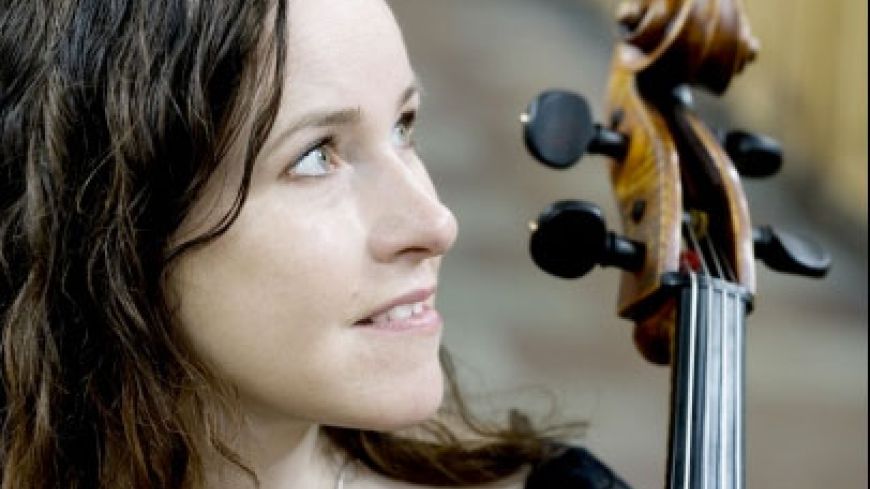
It is said that Beethoven loved Mozart’s Magic Flute opera which was first performed in 1791. Indeed Beethoven wrote two sets of variations for cello and piano inspired by Mozart’s Magic Flute.
The first of the two, the Seven Variations from 1802, is taken from the soprano and baritone duet of Pamina and Papageno that comes near the end of the Opera’s first act. The piano takes a surprisingly important role taking Pamina’s romantic in intuitive which is then responded to by the cello’s Papageno.
The Twelve Variations were composed in 1798 with the piano and cello again taking the parts of Pamina and Papageno. As we watched, the pianist, Nicholas Ashton, seemed to find the work easier to cope with than cellist Ursula Smith whose facial expression, although mild, seemed to be showing surprise at what the music in front of her was telling her to play.
Both cellist and pianist were on top form for Beethoven’s Sonata in A major Op 69. Composed in 1808 it has become the composer’s most popular and most love cello sonata. Just as we had heard earlier, the piano plays almost as important role as the cello.
Ursula Smith now lives in Copenhagen and is a cello professor at Guildhall in London. Many will remember her between 1993 and 2002 as Principal Cello of the Scottish Chamber Orchestra. Nicholas Ashton is a Senior Lecturer at Edinburgh Napier University and is often to be seen accompanying the Edinburgh Quartet.
Event: Tuesday 19 February 2013 at 1.10pm

